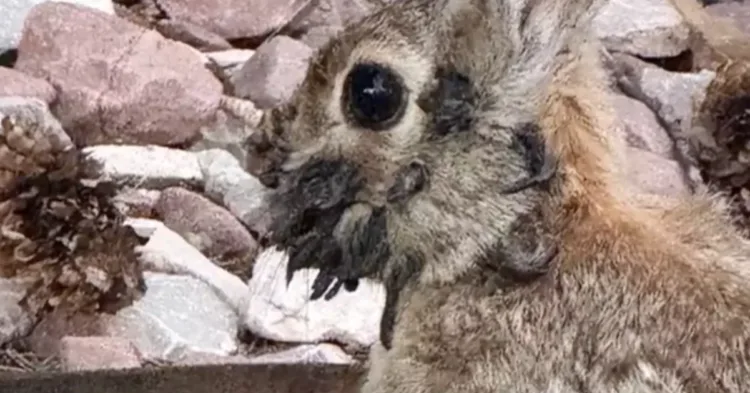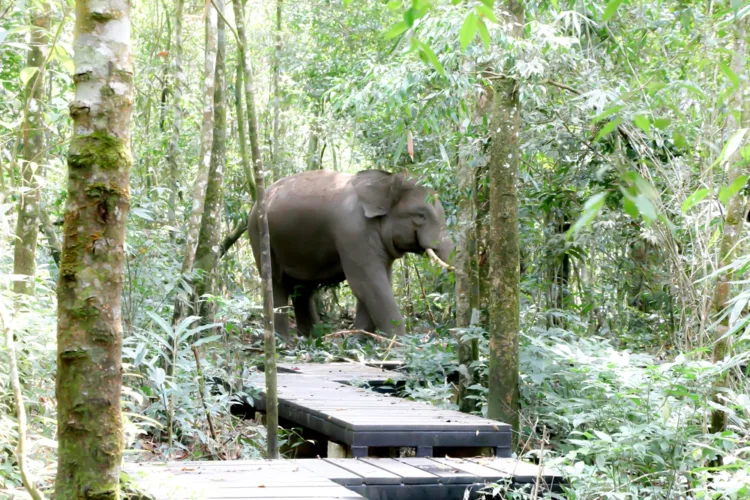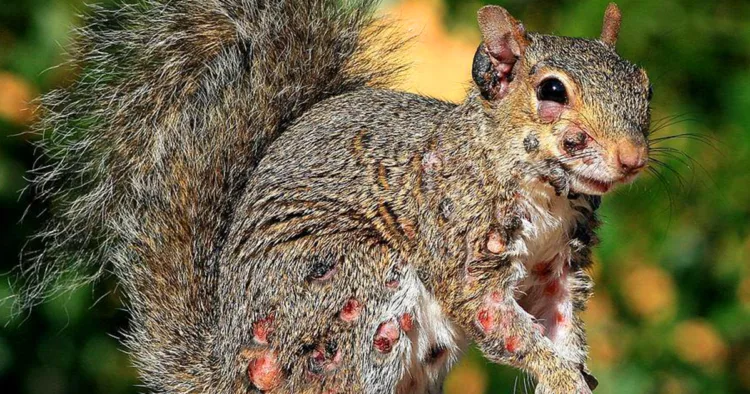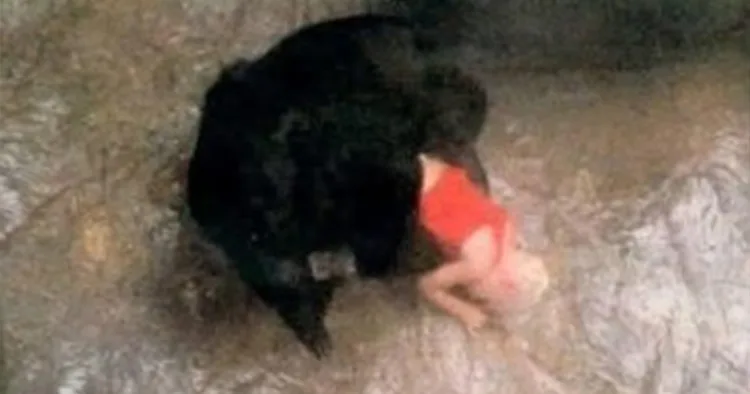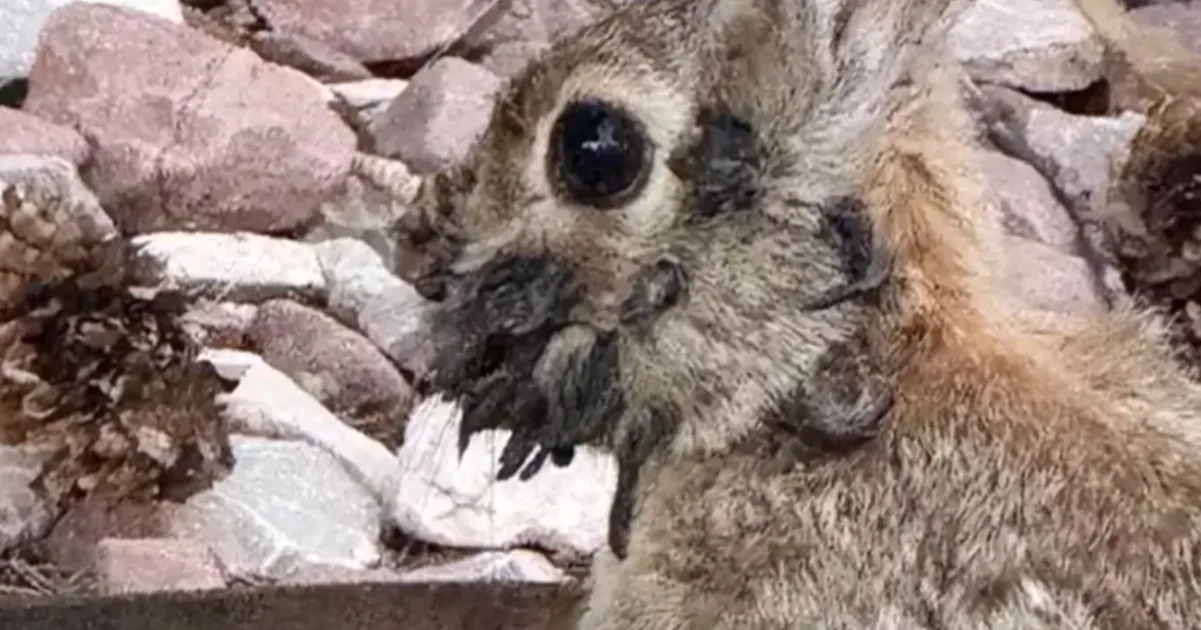Calling to mind scenes from a horror flick, residents of Fort Collins, Colorado, have been alarmed by wild rabbits displaying disturbing facial protuberances. The peculiarities have been captured in photographs where the rabbits are seen with what seem like short, dark protrusions sticking out of their heads, spurring a mix of dread and intrigue on the web.
No need to think of this as material from a science fiction drama. Specialists in wildlife have clarified that this oddity is an effect of the cottontail rabbit papilloma virus (CRPV), a disease that results in non-malignant tumors on the rabbits’ heads. Historical narratives suggest this virus might have sparked the mythical ‘jackalope’ assumption (rabbits bearing antlers).
The Colorado Parks and Wildlife authority has addressed this concern by issuing recommendations. Although CRPV does not pose infectious threats to humans or other species, denizens coming across infected rabbits are suggested to steer clear of any form of interaction.
Reliable sources, like Eyewitness News 3, state the transmission of the virus is mainly through blood-sucking insects like mosquitoes and ticks who have bitten infected rabbits. Such a mode of dispersion indicates the potential of these disconcerting ‘Frankenstein’ rabbits surfacing across other parts of the Midwest.
The virus initially manifests as inflamed, red spots on the rabbits’ skin which later transform into wart-like outgrowths. At times, these warts evolve into black tendrils engulfing the mouth, eyes, and cheeks. Though often harmless, a few lesions might progress into deadly skin malignancies.
A local Fort Collins resident, Susan Mansfield, shared her disconcerting encounter with one such negatively affected rabbit: “Black-looking sharp objects appeared to be sticking out around its mouth. I assumed the harsh winter would kill it off, but surprisingly, it survived. It reappeared the following year with even more pronounced growths.”
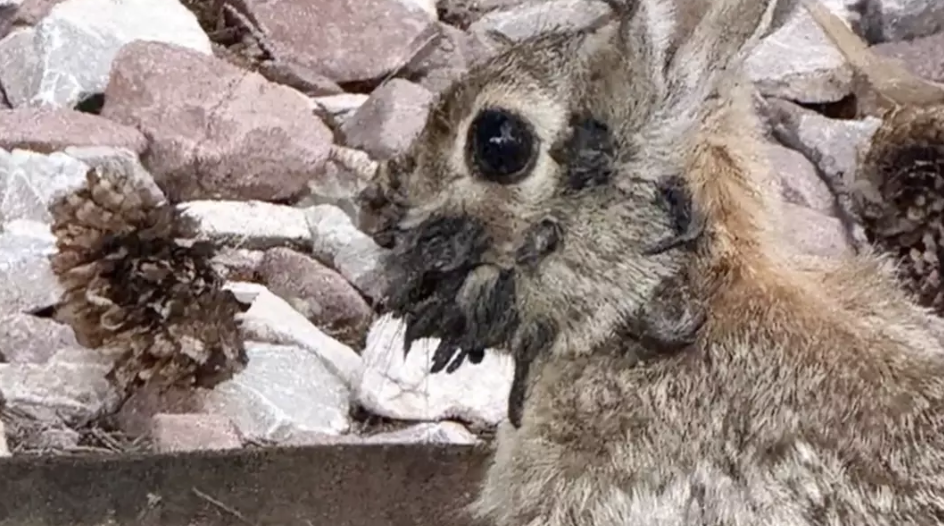
Animal doctors caution pet rabbit owners to shield them from mosquito bites to avoid infection. If contracted, surgical removal of the tumors can circumvent the risk of cancer. However, the future seems bleak for the wild rabbits. As the tumors expand, they can impair the rabbits’ vision, hearing, and feeding capability, usually leading to malnourishment to eventual death.
In other unusual yet intriguing wildlife narratives, certain parasitic fungi have garnered attention. The most renowned among these is the ophiocordyceps unilateralis, also referred to as the ‘zombie-ant fungus,’ which exterminates insects and usurps their bodies, as per National Geographic. Some varieties, like the Cordyceps militaris (the ‘Scarlet Caterpillarclub’), are gathered for medicinal or culinary purposes, owing to their supposed (though unconfirmed) health benefits. Experts vehemently warn that the ‘zombie-ant fungus’ is not suitable for human consumption.
As of now, the rabbits infected with CRPV serve as a distinct, unsettling reminder of how nature can be both intricate and rugged, aptly demonstrated in the private backyards of Fort Collins.
